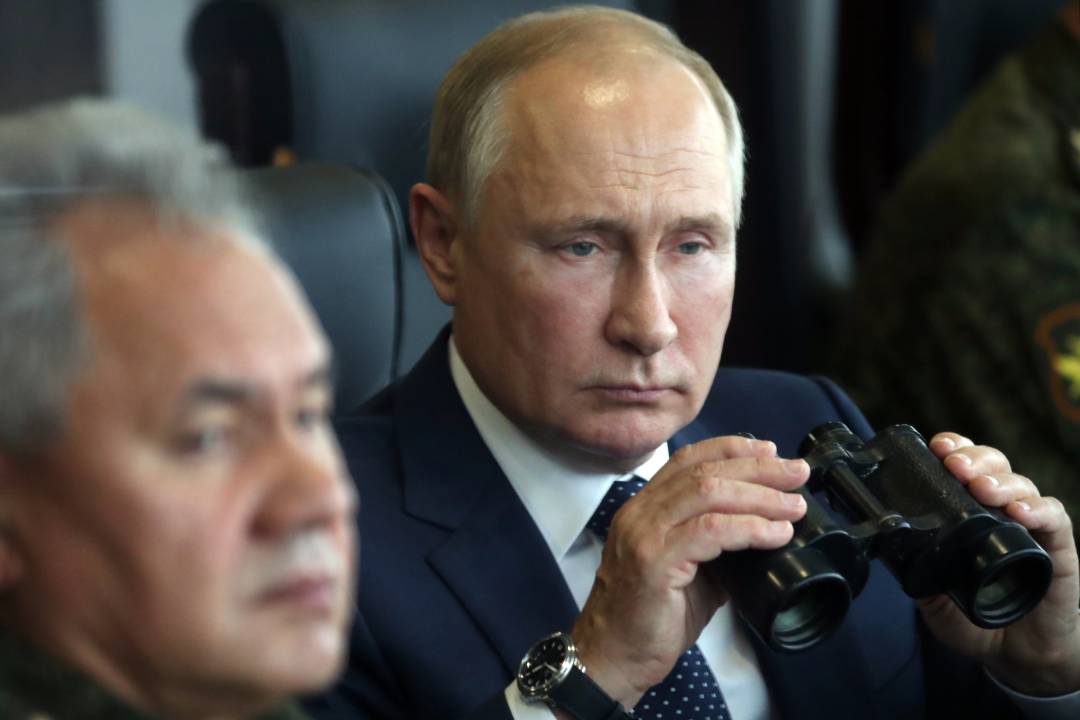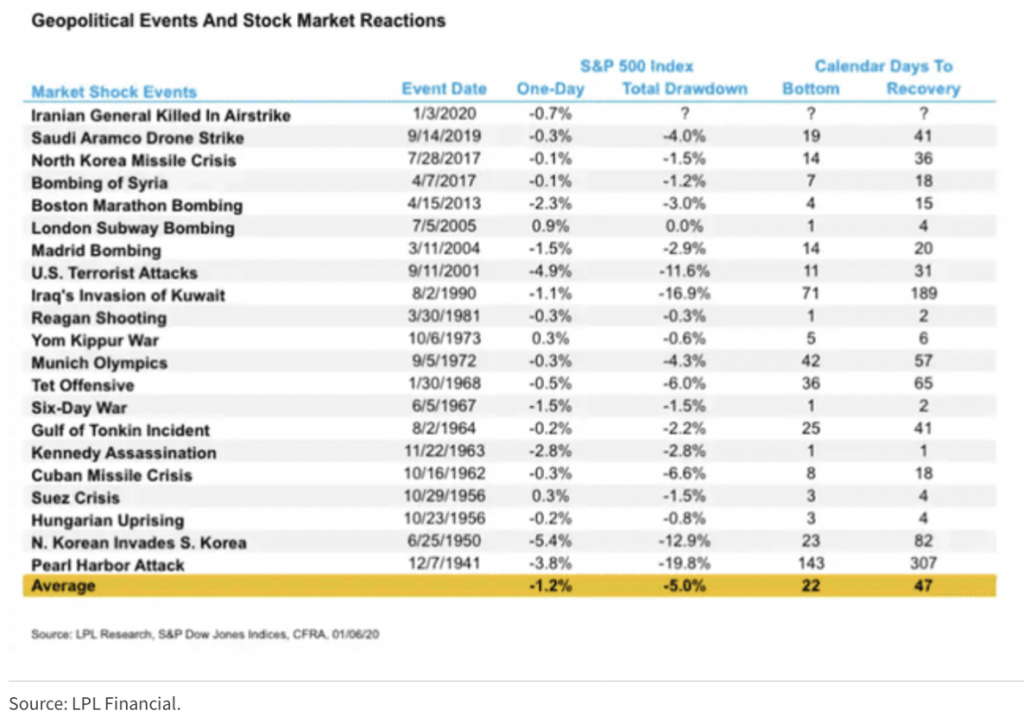

Wall Street continued to sell off stocks overnight because of Russia’s encroachment of Ukraine’s border and lending support to breakaway regions on the behest of rebels, which now are seemingly running the show, thanks to Vladimir Putin.
Stocks often slide on uncertainty — pandemics, talk of rapidly rising interest rates and the threat of war will often do that. But this ‘war’ not only raises question marks over what might it do to affected companies’ bottom lines and share prices, but it can also affect consumers, the inflation they have to face and, ultimately, their confidence as well as their willingness or ability to spend.
The Russian actions have led to trade sanctions being imposed on the aggressor by the West and so the price of oil is likely to spike over $US100 a barrel and take our petrol prices over $2 a litre. That has similar effects as an interest rate increase and so can affect consumer spending and confidence.
Russia buys our grain and livestock, therefore farmers and graziers could feel a reciprocal Russian reaction as we have imposed trade sanctions on Russia. Also, farmers should see fertilizer prices spike, as Russia is a global supplier of the stuff.
Nine News last night pointed to a Russian company that is a 20% shareholder of Queensland Alumina Ltd, which could affect 1,100 jobs in Gladstone, Queensland. At this moment, this is speculation but the big effects on Australians could be felt through petrol prices, stock price falls and lower superannuation fund returns.
The big impact of this Russia-Ukraine battle will be inflation, which comes as supply chain problems via the pandemic have already pushed inflation up. It also comes as unions, such as train drivers, and teachers look for bigger pay packets, so inflation could end up being higher than expected by the Reserve Bank.
Rising petrol prices will add to inflation, which could bring about interest rate rises earlier than expected. And we could see more rise because of this ‘war’.
Higher inflation, as well as more interest rate rises than were expected, will hit and hurt stock prices, which then undermines returns for super funds.
Higher interest rates will be a plus for savers but it will mean the real interest rate (the rate you get paid minus the inflation rate) might still only be 1% in real terms.
When threats of war, hyperinflation and surging interest rates spook my financial planning clients, I have to remind them that they’re supposed to be patient long-term investors aiming for average returns of 7% or 8% a year over a decade.
A good portfolio can do that, despite the fact some years they could fall by 15% or even 20%, but then they can boom by 22% in a year, which was the case for lots of our clients after the Coronavirus crash of the stock market resulted in a big rebound for stocks.
If a new, young or pro-growth client joined us on say 27 March 2020, in one year their portfolio could’ve spiked by 41%. After two years their nest egg would’ve been 51% higher or 25.5% a year.
However, these types of gains don’t last forever. If that person joined us on 27 March 2019, the returns would’ve been very different.
In fact, they would be up only 6% a year and even less if they were more cautious as investors. Why? Well, the pandemic announced in February 2020 led to the closure of the world economy and the stock market crashed 35%. But with a good portfolio, an investor would’ve still made 6% a year while very safe but hopeless returning term deposits were lucky to give them 1% over that time.
Over that time, we had Donald Trump’s fights with China (and China has retaliated), and there was a Coronavirus-created recession, which forced governments to spend like there’s no tomorrow to keep economies growing. Under those circumstances, the stock market is reliable over a longer time, even if it’s a bit scary and unreliably volatile in the short term.
So how does the stock market do with wars?
“LPL Financial research notes that stocks have largely shrugged off past geopolitical conflicts. ‘As serious as this escalation is, previous experiences have indicated it may be unlikely to have a material impact on U.S. economic fundamentals or corporate profits,'" said LPL Financial Chief Investment Strategist John Lynch. “We would not be sellers of stocks into weakness related to this event, given stocks have weathered heightened geopolitical tensions in the past.” (Investopedia.coma)
And this table shows the average impact of a war on a stock market is, wait for it, minus 5% in total and the one-day crash is only 1.2%.

Only the Korean War in 1950 (-12.9%), Pearl Harbour in 1941 (-19.8%), the Iraq Kuwait invasion (-16.9%) and 9/11 (-11.6%) have really hit the stock market hard over time. Notice that when the war is not significantly involving the US, the stock market impact is limited.
And if you’re a patient long-term investor, the following revelation shows that even big one-year losses from scary wars do wash out over time: “From the start of WWII in 1939 until it ended in late 1945, the Dow was up a total of 50%, more than 7% per year,” wrote Ben Carlson, Director of Institutional Asset Management at Ritholtz Wealth Management. “The relationship between geopolitical crises and market outcomes isn't as simple as it seems.”